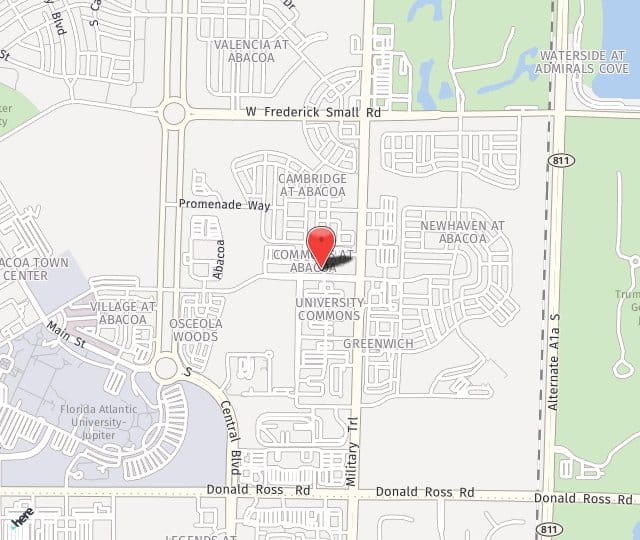Scar revision reduces the prominence of scars that result from injury or previous surgery. Although many scars fade over time and become barely noticeable, disruptions to the healing process can cause them to become red, raised, indented or otherwise deformed. The prominence of a scar depends on the type and severity of the injury that caused it, and the patient's age, overall health and ability to heal. Examples of scars that are often considered undesirable include wide and/or thick scars, keloid scars, and hypertrophic scars. During a consultation, Dr. Deziel can evaluate your scar to determine the optimal treatment. For superficial scarring, non-surgical techniques like silicone gel sheeting and steroid injections may be recommended to promote healing and limit excess collagen production. In other cases, surgical treatment may be a more effective solution.
Scar-Revision Treatments
Scars are by definition permanent, but certain treatments can narrow, fade and otherwise make them less noticeable, which is especially helpful when they form on conspicuous areas such as the face and hands. Although there are many surgical scar-revision methods, including surgical excision, skin grafts and flap surgery, not all are appropriate for treating all types of scars. The best procedure for scar revision varies depending on the location and severity of the scar, the age and overall health of the patient, and the extent of revision the patient wants.
Excision
Surgical excision is commonly performed for scar revision, and involves using a scalpel to surgically cut out the scar and close the wound with sutures. A skin flap or graft may be required depending on the size and other factors.
Surface Treatments
Many cosmetic procedures, such as microdermabrasion and chemical peels effectively treat discolorations and mild surface irregularities by gently removing the top layers of skin and rejuvenating the underlying layers. Multiple treatments may be needed, however, to achieve noticeable results.
Laser Treatments
Similar to surface treatments, laser treatments gently remove damaged layers of skin to reveal new unblemished skin underneath, while stimulating collagen production for further gradual improvements. The precision of laser treatments ensures that only damaged tissue is treated, while healthy surrounding tissue remains intact.
Fillers
Dermal fillers are quite successful at "filling in" depressed scars and creating a smoother skin surface. Fillers are U.S. Food and Drug Administration-approved, and safe for most patients. Many fillers are made from substances found naturally in the body, or are synthetically made to mimic natural substances or stimulate collagen production. Fillers are injected directly into the skin of the targeted area to restore volume to the scar. However, results from fillers are not permanent, and followup injections are necessary to maintain the improvement they provide.
Prior to undergoing scar revision, patients are advised to stop smoking, and to avoid any medications that can cause an increase in bleeding.
Results and Recovery from Scar Revision
Most scar-revision treatments are minimally invasive, and do not require any downtime, although there may be mild swelling, discoloration and discomfort in the treated area for 1 to 2 weeks. Results are often immediate and noticeable, although it may take several months for maximum results to be achieved.
The effectiveness of scar revision depends on a number of factors, including the nature of the injury, the body's healing ability, the size and depth of the wound, and the thickness and color of the skin.

